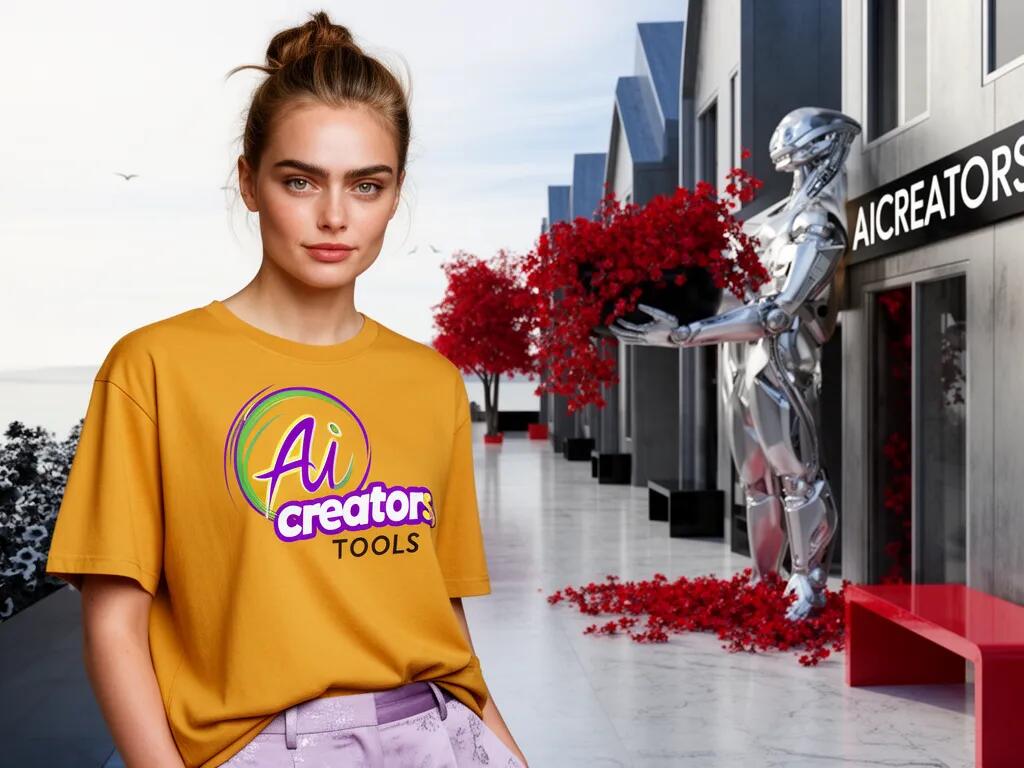FLUX.2 came out on Nov 26 2025. It's Black Forest Labs' next FLUX model and can make super sharp images up to 4MP. It supports multiple reference images to keep characters or products consistent, handles logos and text layouts well, and can edit pictures too.
The dev version has open weights but only for non-commercial stuff. If you wanna use it in production you'll need to pay for a license or use their API.
Black Forest Labs is a startup out of Germany made by folks who used to work at Stability AI. Their older model FLUX.1 was already popular for editing and image generation. FLUX.2 takes it further with better realism, lighting, sharpness, and stronger text handling.
You can use up to 10 reference images at once. Text looks clean now including memes, UI mockups, even logos. Editing works at full 4MP resolution without losing details. They say this is the best for keeping stuff like characters or products consistent from shot to shot.
The model’s on Hugging Face under a dev license for non-commercial use. For commercial work, you’ll need a paid license.
How Much VRAM?
It has around 32 billion parameters and runs about 64GB so you'll need a beefy GPU like an RTX Pro 6000 unless you use a smaller version. FLUX.2 Dev FP8 from NVIDIA is available for both Comfy Cloud and local Comfy, reducing the VRAM requirements by 50% down to 15GB! Update ComfyUI and check out the FLUX.2 templates.

If you'd like to access this model, you can explore the following possibilities:
Tutorial
Master FLUX.2 prompting with structured JSON, hex colors, and multi-reference techniques